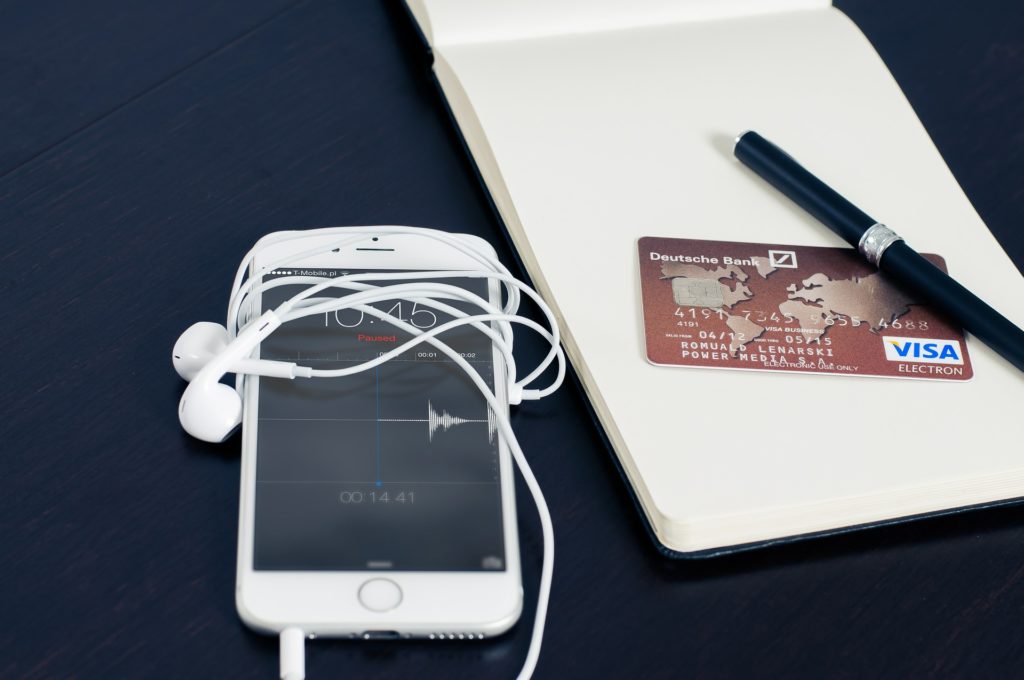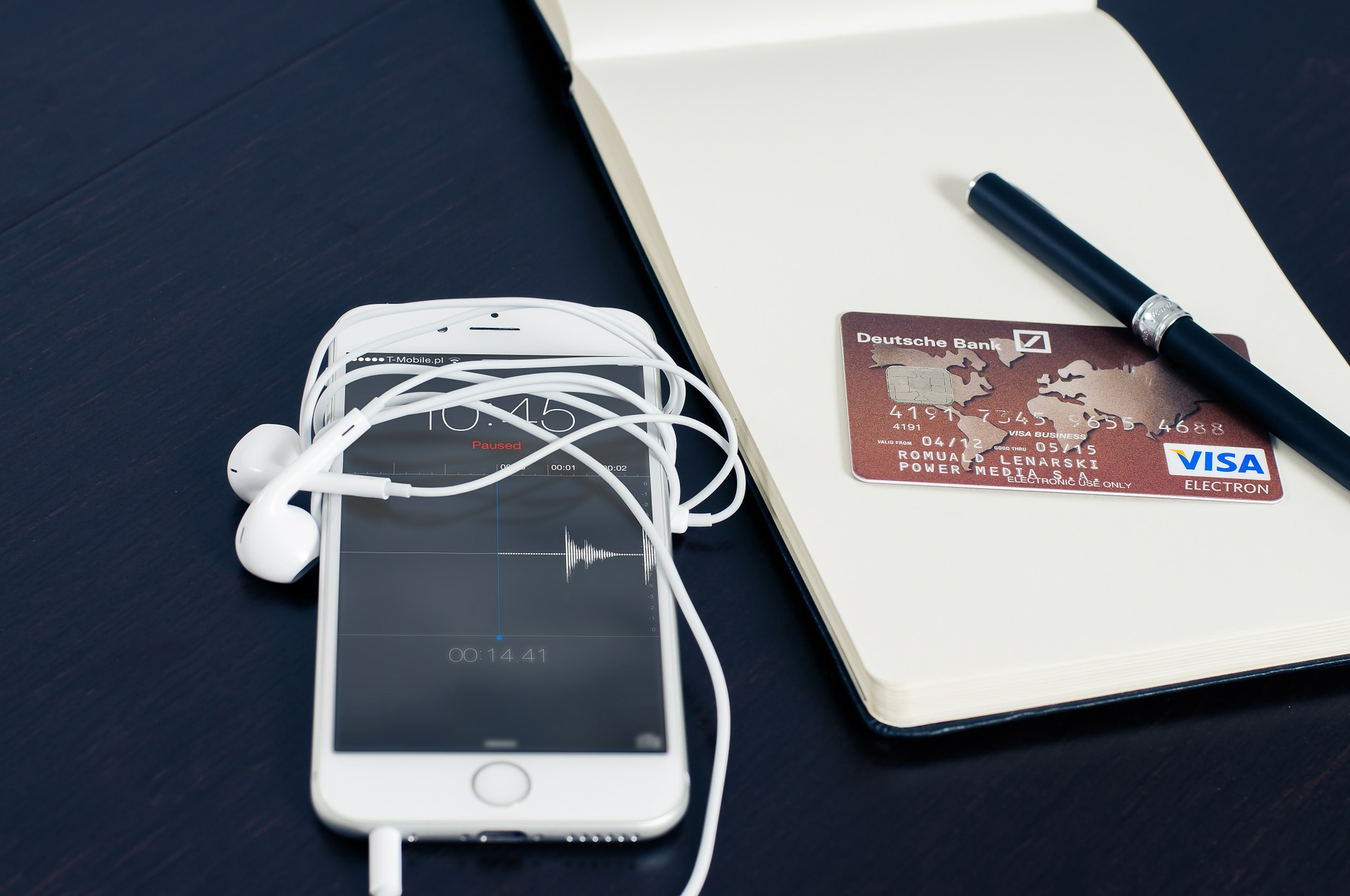
Table of Contents
How to Write a Sales Letter for any Product in 12 Steps
If you’ve got a side-hustle (or a full-hustle), chances-are you’d like more sales. I don’t know of any entrepreneur who doesn’t.
One of the best ways to get more sales, is to combine a great offer with a great sales letter.
If you can match your offer with the conversation going on in your reader’s mind, you’ll sell a lot more of your best work.
A good sales letter can make or break your business.
And sales letters aren’t just for scammy supplement offers and diet plans that don’t work. Every business can improve their sales with a great sales letter.
Where Can You Use a Sales Letter?
Sales letters aren’t just for direct sales pages or snail mail offers.
You can use great copy anywhere you put your work in front of your customer.
Shortened versions of this same process can be used for social media posts and definitely in your ads.
You can turn your headlines into Tweets.
Once you have the basic sales letter written, you can dissect it, make it smaller, and even take full sections of it—repurposing the writing into sales-motivating content in multiple locations.
There’s no need to re-write your offers in multiple spots.
Sales letters are very flexible.
You can also read your sales letter, or take the main bullets and offer for a sales letter, and turn it into a VSL (video sales letter) at the top of your offer page.
VSLs are powerful. There’s a reason the top offers also include little videos at the beginning of every page.
The 12-Step Sales Letter Formula
Here’s the formula in a condensed version. Later, I’ll break down each step and help explain how to walk yourself through the process.
August Birch’s 12-Step Sales Letter Formula:
- Start with the Big Idea- This becomes your ‘headline complex’
- Tell the story of the ordinary world (with the problem in it)
- Show there’s a solution available and that it’s not the reader’s fault things haven’t worked thus far.
- Pour gasoline on the simmering fire (future-pacing). Make the problem expensive.
- Name the villain and say “you’re not alone”
- Block the exits
- Deliver the ONLY solution (your product in the form of your formula/solution)
- Turn your humble story into benefits (how you got here)
- A call to action
- A final warning of the ‘ordinary world’
- Pack the value with anchors
- Close with a reminder of all the benefits
What This Sales Letter Isn’t
This method isn’t hype. The days of clickbait and constant, virtual screaming are over. We need to be more-subtle.
We want the reader to figure out she needs our offer instead of us yelling and jumping up and down—saying this new thing is the best product ever.
Let the customer come to her own conclusion that your offer is the only solution, without overtly stating you’re the best.
A sales letter won’t turn a bad offer into a business, either. You’ve got start with a great offer.
If your product doesn’t solve a big problem for your reader, no sales letter in the world can solve it.
Ok, let’s break it down.
The Big Idea
Your Big Idea alludes to a perfect solution for a big problem. We want to solve big problems, not little ones.
We want to ensure we solve a problem the reader knows she has, not a problem we have to teach her about.
Your big idea is the overall concept of what you sell. You don’t sell a product. No one cares about your product. They want the benefit/solution delivered from buying the product.
Tell The Story
We call this the ordinary world. We begin by painting the picture of the reader’s world with the big problem in it.
We want her to know that we understand where she’s coming from. We want her to feel like we know her well.
The ordinary world shows how the big problem, of continued, could lead to a less-ideal life.
Show the Solution
Here, we reveal there’s a solution to the problem. Maybe a piece of software, a course, a book, an app, or a secret formula.
Yet, we don’t deliver our offer here, but you can say “…then, after many failed attempts, I discovered the XYZ method.”
The solution here is more-general. Give the reader instant value here, such as “before you read further, try this…”
As Frank Kern tells us, demonstrate you can help people by actually helping them before they give you money.
Pour Gasoline on the Fire
No we raise the temperature. Show the reader the consequences of not solving her problem, especially now that she holds the answer.
We future-pace.
By painting the reader’s future life, running at her current ‘normal,’ without your solution in her life.
By pouring gas on the fire you help create urgency.
You want the reader to make a buying decision now, while your offer is in front of her. Not tomorrow. Definitely not next yet. Now. We show how expensive it could be, if the reader continues down her current path.
Pour the gas.
Name the Villain
The worst thing you can do is make the reader feel bad. You don’t want the reader to feel like her current situation is at all her fault (even if it is).
Instead, we name a villain.
Whether the villain is a product, a political figure, Mother Nature, whatever.
Give a name to the reason he’s stuck in his current situation.
Block the Exits
Here, we give the alternative choices to your product, tear them apart (subtly), and give your reader a single solution (your product).
We call this ‘blocking the exits.’
There should only be one buying decision, not six. We want the reader to feel she has one choice—the terrible future of the current world, or a better life with your solution in it.
The ONLY Solution
Here’s where you deliver your offer. You’ve positioned your offer as the only solution to the reader’s problem. This is the place you give all the bells and whistles.
Show everything the reader will get when she buys your product. And make sure she knows your solution is the only clear option.
Your Humble Story
Tell the story of how you arrived at your solution. Again, make him feel like you belong to his tribe. Show your underdog story of how you were in the same situation as the reader, how you felt helpless, until you discovered the solution.
The humble story becomes a low-key way of proving your credentials without listing them in the beginning. Instead of telling, you’re showing the potential results the reader will get if she buys your product too.
A Call to Action
Here, is the direct ‘ask.’ Give the reader a ‘buy now’ button and a serious guarantee. The guarantee helps remove the barriers to buying.
We take the pressure off.
We allow the customer to get all her money back if our solution isn’t for her.
Tel the reader exactly how to buy.
“Press the button”
“Click the form below.”
“Call now.”
We need deliberate instructions. The sale is a very fragile dance. You want the customer to make it all the way to the order page without any bumps.
A deliberate, obvious call-to-action will help smooth the buying process.
A Final Warning
This is the final push. We remind the reader of the consequences for not taking action. This doesn’t have to be a long statement, but it’s important to re-state what will happen if she doesn’t buy.
Tell a new story here.
Maybe you’re got a horror-story or a person who ‘stuck it out,’ didn’t buy, and made a terrible mistake.
Remember, let the stories speak for themselves.
Don’t tell your reader “your life will be terrible if your don’t buy.” He’ll infer all that bad stuff once he absorbs the final warning.
The Value-Pack
Show a bulleted list of everything the reader gets for her investment. Use value anchors (more expensive, yet not-as-good options) to show how your reader is getting a lot more than she’ll pay for.
You want to give so much value your customer feels as though she’s stealing from you—that she must back-away slowly after buying, before someone notices.
Final Close
This is your last chance. Show a great photo of the product. Re-iterate all the benefits one more time. Answer any questions or concerns in the reader’s mind and give one last buy button.
Re-state the guarantee. Future-pace one more time. Show how soon your reader can solve her big problem and start he left new life.
A Good Sales Letter Can Change Your Business
If you’ve got a great offer, but sales are lagging, focus on your sales letter.
Talk to one person at one time. Make the reader feel as if his current situation isn’t his fault. The villain is the problem.
You have the answer.
Make your solution appear as simple as possible. No one wants something difficult, expensive, and unlikely.
We want push-button.
We want simple-as-possible.
All humans are naturally a little lazy. We want the biggest bang for the smallest buck.
But that doesn’t mean you have to charge a low price. It means the value must be a lot larger than the cost of the investment.
August Birch is an author, email expert, and entrepreneur from Michigan, USA. As a self-appointed guardian of writers and creators, August teaches indies how to make more work that sells and sell more work once it’s made. When he’s not writing or teaching, August carries a pocket knife and shaves his head with a safety razor.
